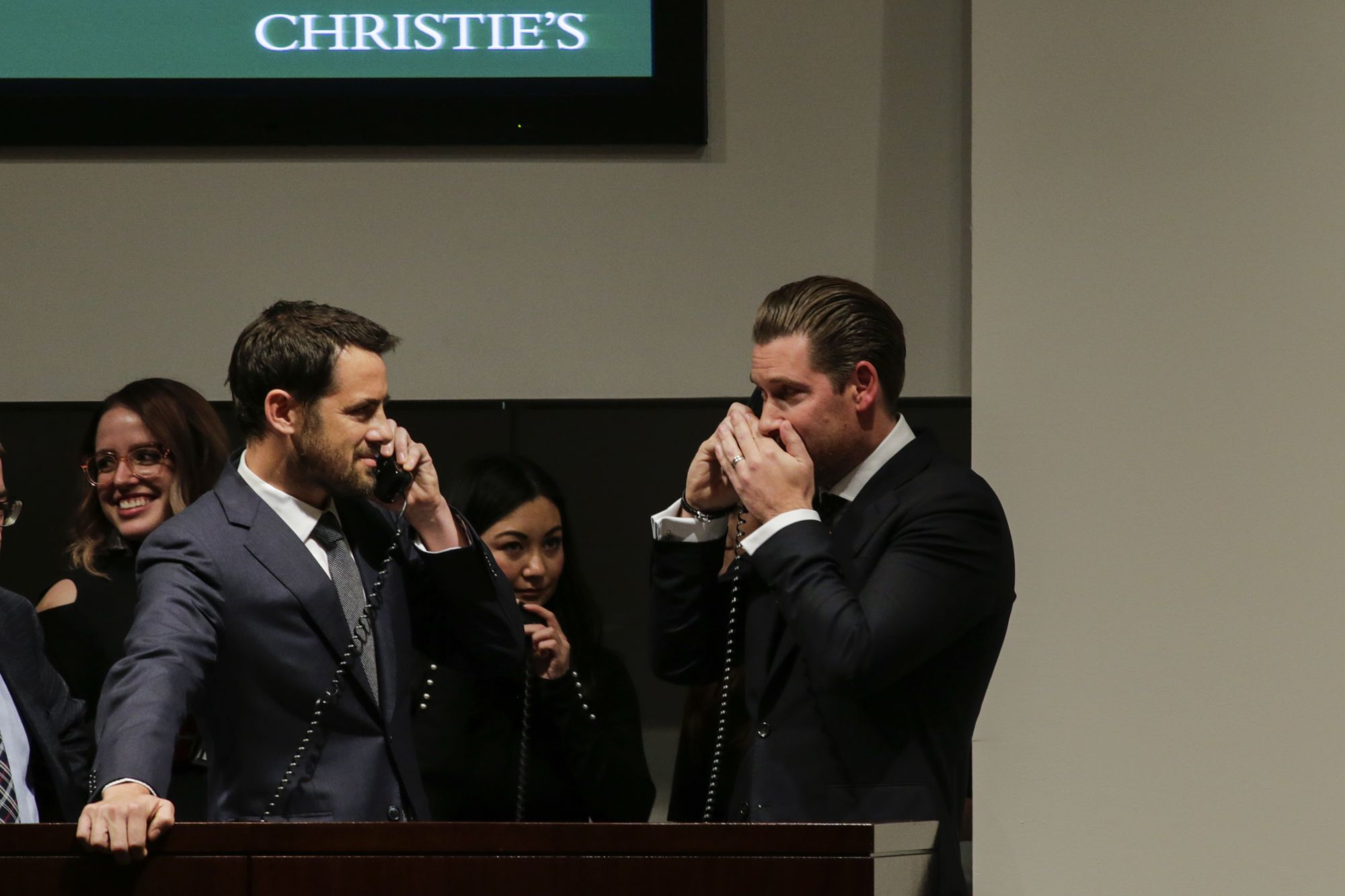In November 2017 at Christie’s New York, Alex Rotter uttered a phrase never before heard at an art auction: “Four hundred million.”
His bid was in dollars, and the lot in question was the last known Leonardo da Vinci painting in private hands. Audible gasps gave way to applause, and, less than a minute later, the gavel fell to make history.
After fees, the “Salvator Mundi” sold for $450.3 million, obliterating auction records for a work of art.
But it wasn’t Rotter who made the world-famous purchase – it was the anonymous bidder on the end of his telephone line. In fact, he was just as surprised as anyone.
“I thought when we reached $200 million it would end,” he recalled to CNN on the phone. “Then I thought it would end when we reached $300 million… a natural stopping point.”
“It was really unclear how far the client would go. It was just (me saying), ‘Do you want to?’ I remember making sure that I – that he – was very clear about the bidding increments and what the next bid was.
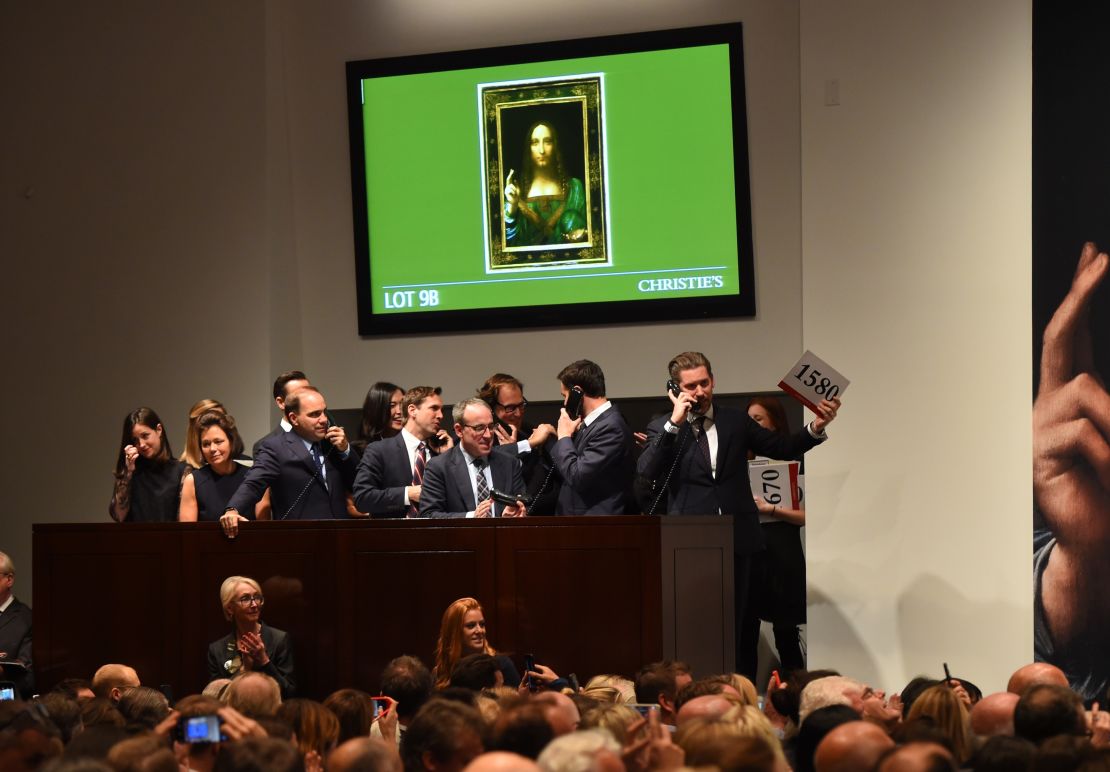
“Normally I’d just say the next bid, but I remember clarifying it at 300 million. I said, ‘It’s $300 million, do you want to bid $300 million now?’
“At this level you can’t mess up – you can’t (get it) wrong,” he added.
It’s a remarkably candid account, given how tight-lipped Christie’s has remained about the historic sale. The auction house has consistently refused to discuss the bidder’s identity, though it is widely believed to have been Saudi Prince Badr bin Abdullah bin Mohammed bin Farhan Al Saud, acting on behalf of the kingdom’s Crown Prince Mohammad bin Salman, better known as MbS.
“I had no recollection of time – you could have told me it was two minutes,” Rotter said of the 18-minute bidding war, adding: “(It) was one of the most exciting moments that I’ve experienced in my 20 years of auctions.”
Art world matchmaker
Austrian-born Rotter, Christie’s chairman of post-war and contemporary art, wouldn’t be drawn on further details. But his recollections of other record-breaking sales paint a compelling picture of high drama and pressured decision-making.
His auction day role – which the 45-year-old admits is “quite stressful” – sees him telling telephone bidders what’s happening in the room. This means relaying the auctioneer’s words and price increments in real-time, as well as communicating details about potential rivals (revealing the identity of other phone bidders is, however, “a big no-no,” Rotter stressed).
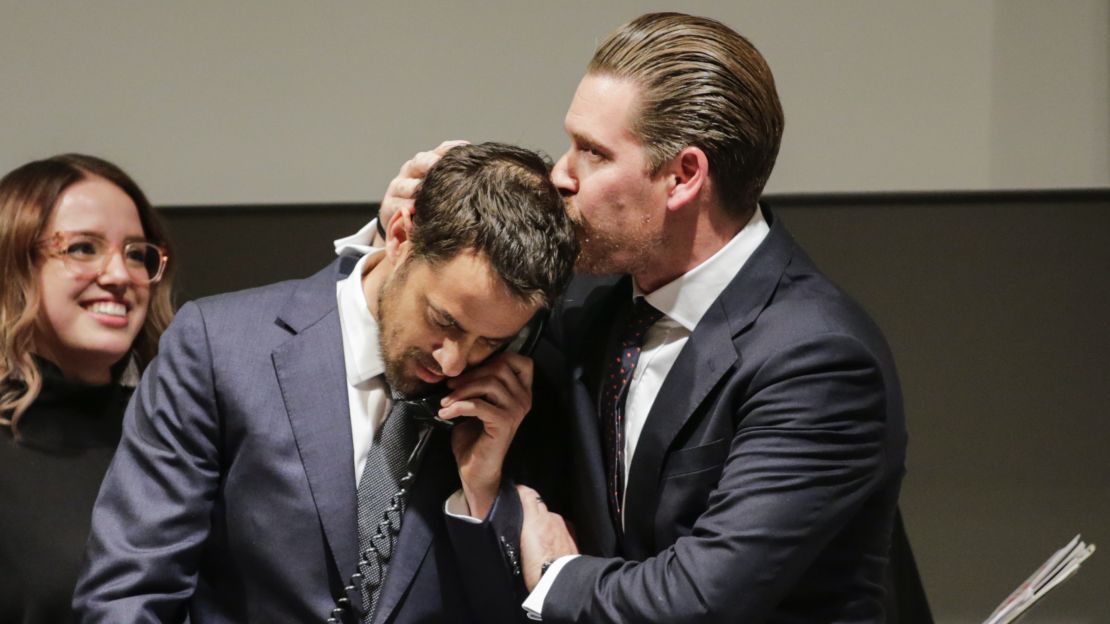
Many of Rotter’s interlocutors are long-term clients. So he’s also on hand to offer advice – how much similar artworks sold for, or how a bidding war might unfold. And then, by Rotter’s own admission, there’s an element of gentle encouragement. Auctioneering is a commissions business, after all (and the so-called “buyer’s premium” at Christie’s ranges from about 13% to 30% of the winning bid).
What might surprise those outside the art world, however, is that his wealthy clients don’t always have a maximum price in mind – even when it comes to multimillion-dollar paintings.
“I’ve heard people on the telephone say, ‘Alex, let’s just buy it, no matter how far it goes,’ and I’ve heard people (say), ‘I have a limit, and don’t even ask me if we reach (it) because I don’t want to be tempted,’” revealed Rotter.
“People have different strategies for how to go about it. I do think people get carried away.
“Competition attracts everyone, and on auction night, you’re in the bidding process and it’s a little bit of a race. People don’t like to lose.”
In recent years, Rotter has become a familiar sight in the so-called “phone bank,” the line of well-heeled go-betweens covering their mouths as they confer with anonymous buyers. Last November, he made another world record bid – this time on behalf of an unidentified client pursuing David Hockney’s “Portrait of an Artist (Pool with Two Figures).” At $90.3 million, the sale marked the highest sum ever paid for the work of a living artist.
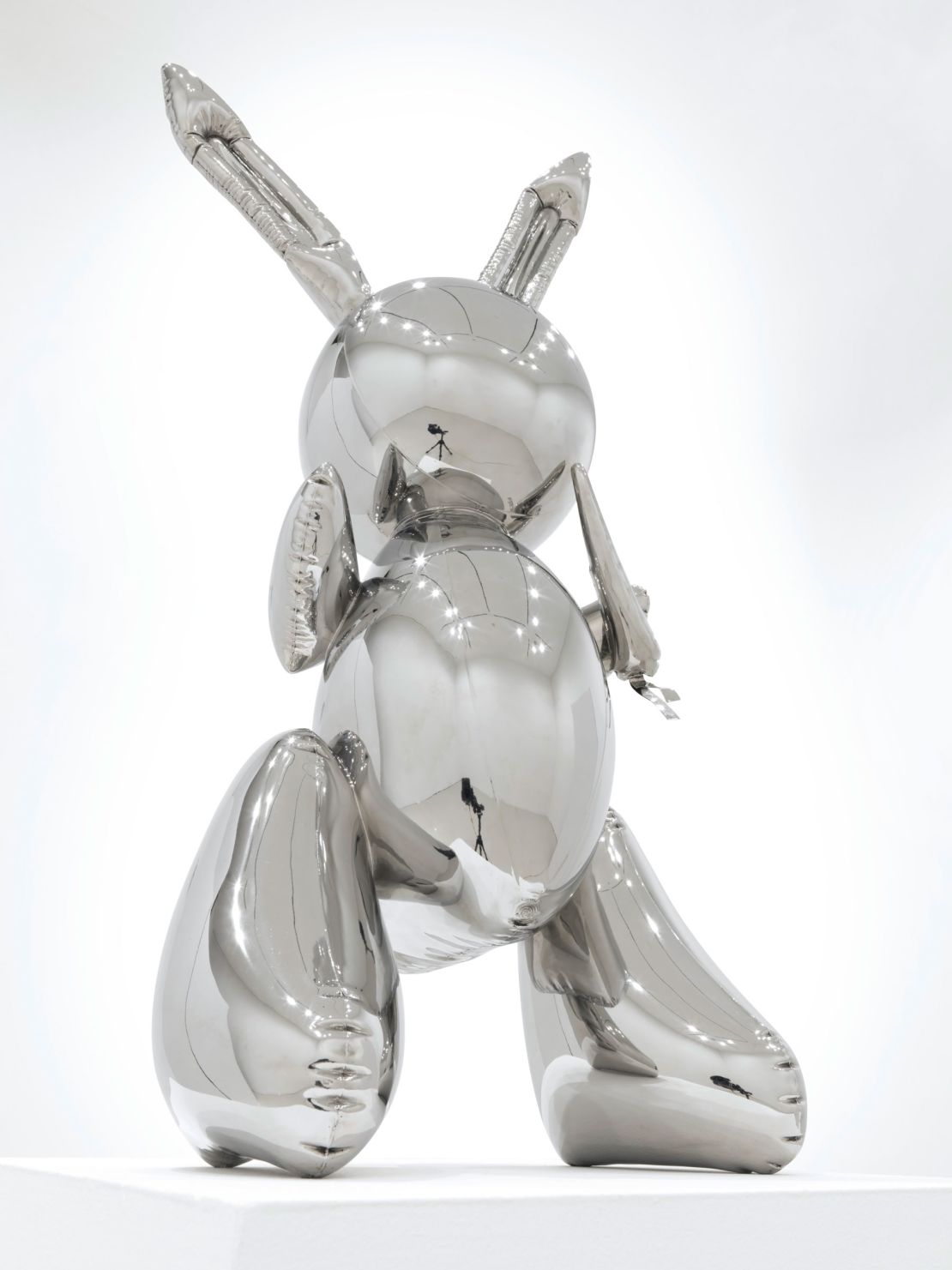
This record was broken again, just six months later, by Jeff Koons’ $91.1-million “Rabbit” sculpture. And although Rotter wasn’t on the winning client’s side this time, he was nonetheless instrumental in bringing the artwork to auction.
Indeed, despite his public-facing role, most of the Austrian’s work happens in the weeks and months prior to a sale. As well as conceiving of auction themes and populating them with relevant works, he serves as something of an art-world matchmaker, filling gaps in collectors’ portfolios and tracking down the world’s most sought-after paintings.
‘Dream of big numbers’
Identifying targets means knowing art intimately – and seeing lots of it too. The journey to bring Koons’ “Rabbit” to auction began with Rotter’s personal encounter with the sculpture at the Newhouse Apartment gallery in New York at the beginning of the last decade: “I remember saying to my colleagues, ‘one day…’” he recalled.
Even at the highest echelons of the art market, such instincts outweigh number-crunching. Data “substantiates the intuition and gut feeling experts have,” Rotter said.
Hailing from a family of Austrian art dealers, these instincts are, undoubtedly, finely tuned. He made his first sale, aged 13, at his mother’s booth at a Vienna art and antiques fair, where he sold an early 19th-century porcelain cup and saucer for the equivalent of $1,000, and a watercolor by Austrian painter Rudolf von Alt for 10 times that.
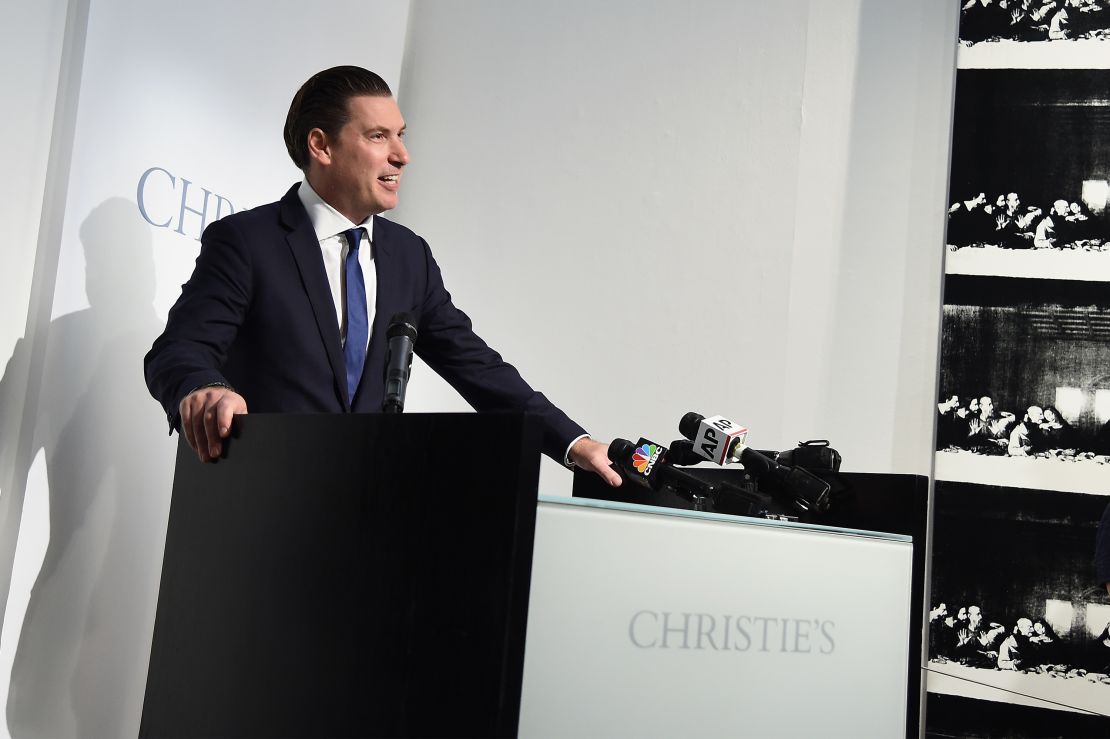
“My mother had to help in the final round of negotiation as I didn’t want to give more than a 10% discount and the guy insisted on more,” he recalled. “But I remember the feeling of closing a sale and it had me hooked.”
Thirty years on, closing deals is still the endgame. When desired artworks are identified, it’s often Rotter’s job to convince their owners to part company with them. Such discussions involve not only an item’s valuation, but negotiations over fees and the size of the opening bid (“In an ideal world, you start lower than you think it would make, and then have it run”).
For the aforementioned Hockney painting, whose owner Christie’s courted for a year and a half, it was a case of making them “dream of big numbers,” as Rotter recalled.
“People who own $80 million paintings are (going) to be savvy and smart. They didn’t just sign on the dotted line. They made it competitive. So, after us, they also went to the other auction houses and asked them for opinions, values, pitches.
“There was some price resistance,” he added, “Hockney’s world record (at the time) was $25 million, and here was a painting that was expected to sell for $80 million.”
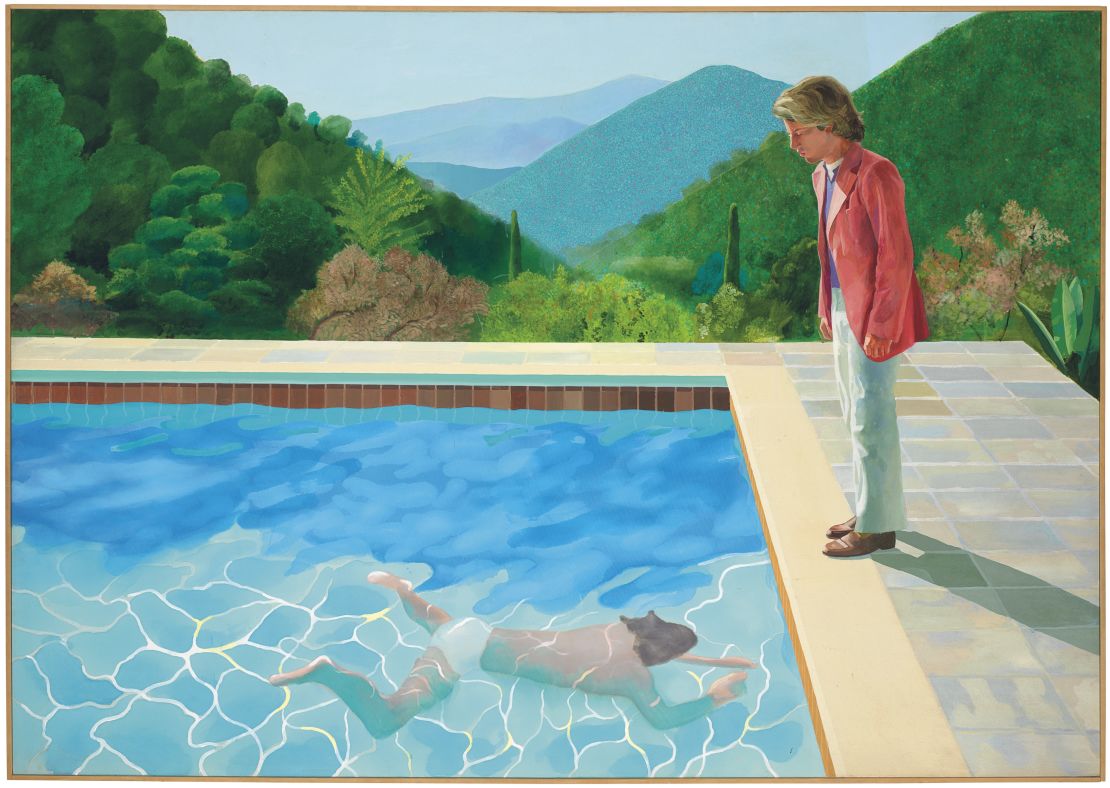
But while Rotter estimates that bidding usually starts between 30% and 50% of the expected price, the Hockney auction opened low, at just $20 million – a quarter of Christie’s top estimate. The gamble paid off, as bids soared past $90 million.
“At the end of the day, we got our result by starting low and tempting (bidders) … so it worked out beautifully.”
Market pressures
With collectors increasingly shopping for art on Instagram and looking beyond Western marketplaces for returns, there are plenty of challenges facing European auction houses.
In July, research firm ArtTactic reported that Christie’s, Sotheby’s and Phillips had posted a collective 20.3% year-on-year drop in sales in the first half of 2019. Indeed, if it weren’t for the $450 million auction of the “Salvator Mundi” in 2017, and Peggy and David Rockefeller’s huge $832 million private art collection in 2018, then both of these years might have been considered disappointing for Christie’s, too.
This recent dip may not concern an auction market known for its volatility. For all the ups and downs of the last decade, global auction sales in 2018 were, at $29.1 billion, slightly above 2008 levels, according to Art Basel and UBS’ authoritative Global Art Market Report.
But sales of art and antiques online – whether from auction houses’ websites or internet retailers – have exploded, almost doubling between 2013 and 2018. Online transactions may represent a small chunk of the art market, at $6 billion, but growth looks set to continue. Generation Z collectors are more than twice as likely than their millennial or generation X counterparts to prefer buying art on the internet, the same report found.
With their wood-paneled rooms, corded telephones and paper catalogs, the old auction houses of New York and London appear increasingly antiquated. Nonetheless, Christie’s is adapting to the digital age – more than 250 years after its founding. Last year, it hosted 88 web-only auctions, and generated online sales of $250 million (up by more than 16% from 2016, the year Rotter arrived from arch rival Sotheby’s).
It’s still a brick-and-mortar business. But Rotter is confident that his employer – now owned by French billionaire François Pinault – can use heritage to its advantage.
“There is obviously something very traditional, something charming about (auctions) – that it’s still wooden benches (and) telephones,” he said. “There’s obviously a digital technology revolution going on in the auction business. A lot of the transactions happen online now. (But) the spectacle of the evening sale stays the same.
“People like to dress up; they like to come to the auction or to participate in it somehow,” he added. “It’s serious art we’re selling, but it’s still an event.”
Moreover, he depicts big-ticket auctions as being uniquely democratic – great levelers through which an artwork’s market value emerges in real-time. Or as Rotter put it: “Who bids the most gets the painting. There’s no trickery, there’s no advantage for someone who comes first or has a bigger name. That’s the beauty of it.”
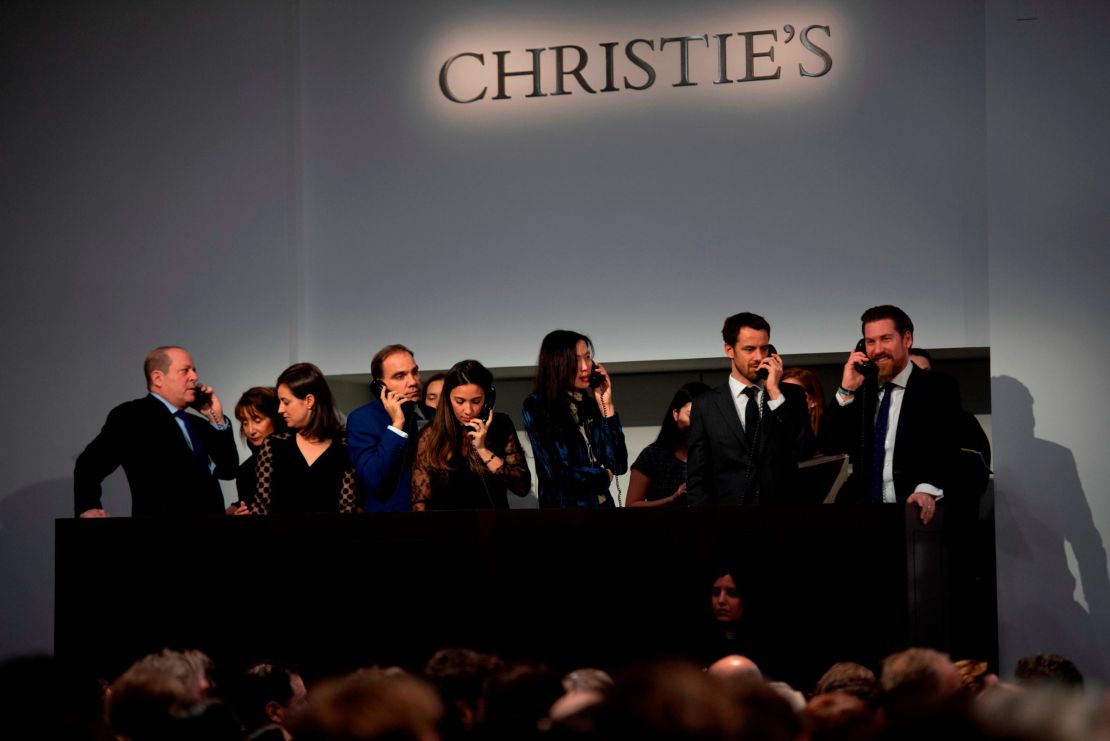
When it comes to the art itself, however, bigger names command bigger prices. So which painting is the holy grail of the market – the one artwork his clients all want but can’t have?
“There are a handful of objects,” Rotter said. “I’m not talking about pieces that are hanging in MoMA or the Metropolitan Museum, because they will never be obtainable. But there is (always) one object that still sits in a private collection – this one Van Gogh, this one Warhol, this one Koons – that everyone wants.
“Obviously, I have this list in my office. It lives there – I know it by heart – with little thumbnail images.
“You always try,” he concluded, adding: “Always shoot for the masterpieces.”
Top image caption: Rotter (right) confers with a telephone bidder.
